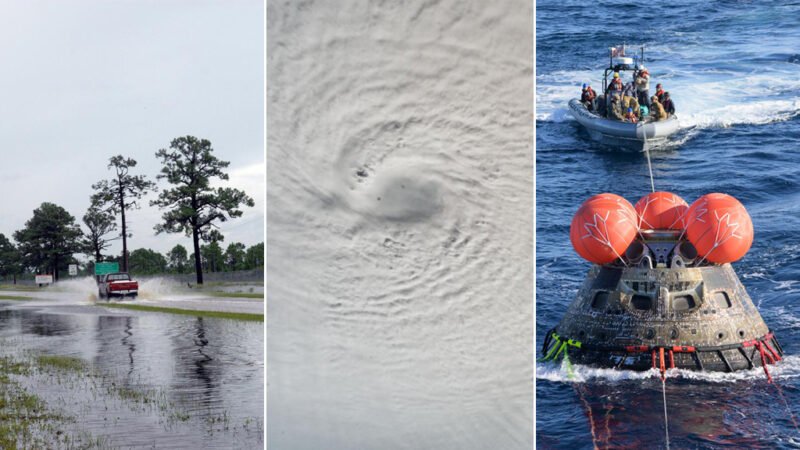Quick Takeaways
-
Enhancing Space Exploration: Data from the Copernicus Sentinel-6/Jason-CS mission refines Earth observation models, aiding NASA in planning safer astronaut reentries during Artemis missions and advancing lunar exploration insights.
-
Informed Decision-Making: The mission provides critical sea level data that assists city planners and meteorologists, improving coastal infrastructure protection, weather predictions, and disaster preparedness.
-
Supporting National Security: Measurements from Sentinel-6B enhance the protection of coastal military installations and strengthen national defense by supplying real-time weather and ocean information.
-
International Collaboration: The mission exemplifies effective partnership among NASA, ESA, and other agencies, leveraging shared expertise to deliver impactful, cost-effective Earth observation data crucial for various stakeholders.
NASA Unveils Key Insights from New U.S.-European Sea Satellite
NASA has shared six important insights from the Copernicus Sentinel-6/Jason-CS mission. First, the data collected will enhance NASA’s future space exploration efforts. When scientists better understand Earth, they can improve safety measures for astronauts returning from missions like Artemis.
Second, this mission delivers crucial information to city planners and governments. The data helps protect coastal areas from challenges like flooding and erosion. Improved weather predictions also benefit navigation for both commercial and recreational activities.
Next, the Sentinel-6B will support U.S. national security by providing near-real-time ocean and atmospheric data. This information will aid in protecting coastal military installations from flooding and improve defense strategies.
Moreover, the mission’s observations of sea level rise are vital for coastal communities. Understanding regional vulnerabilities helps industries and emergency managers make informed decisions about infrastructure and land use. These insights protect the nearly half of the global population living near coastlines.
In addition, the international collaboration behind the mission bolsters data accuracy and reliability. NASA worked alongside the European Space Agency (ESA), EUMETSAT, and others to create a long-term dataset. This pooling of expertise has resulted in accessible, high-impact information for various sectors.
Finally, Sentinel-6’s technical advancements, including innovative scientific instruments, enhance our understanding of Earth’s oceans. This knowledge directly contributes to technology development, positioning us better for climate challenges ahead.
For more information about Sentinel-6B, visit NASA’s science page.
Expand Your Tech Knowledge
Learn how the Internet of Things (IoT) is transforming everyday life.
Stay inspired by the vast knowledge available on Wikipedia.
SciV1

